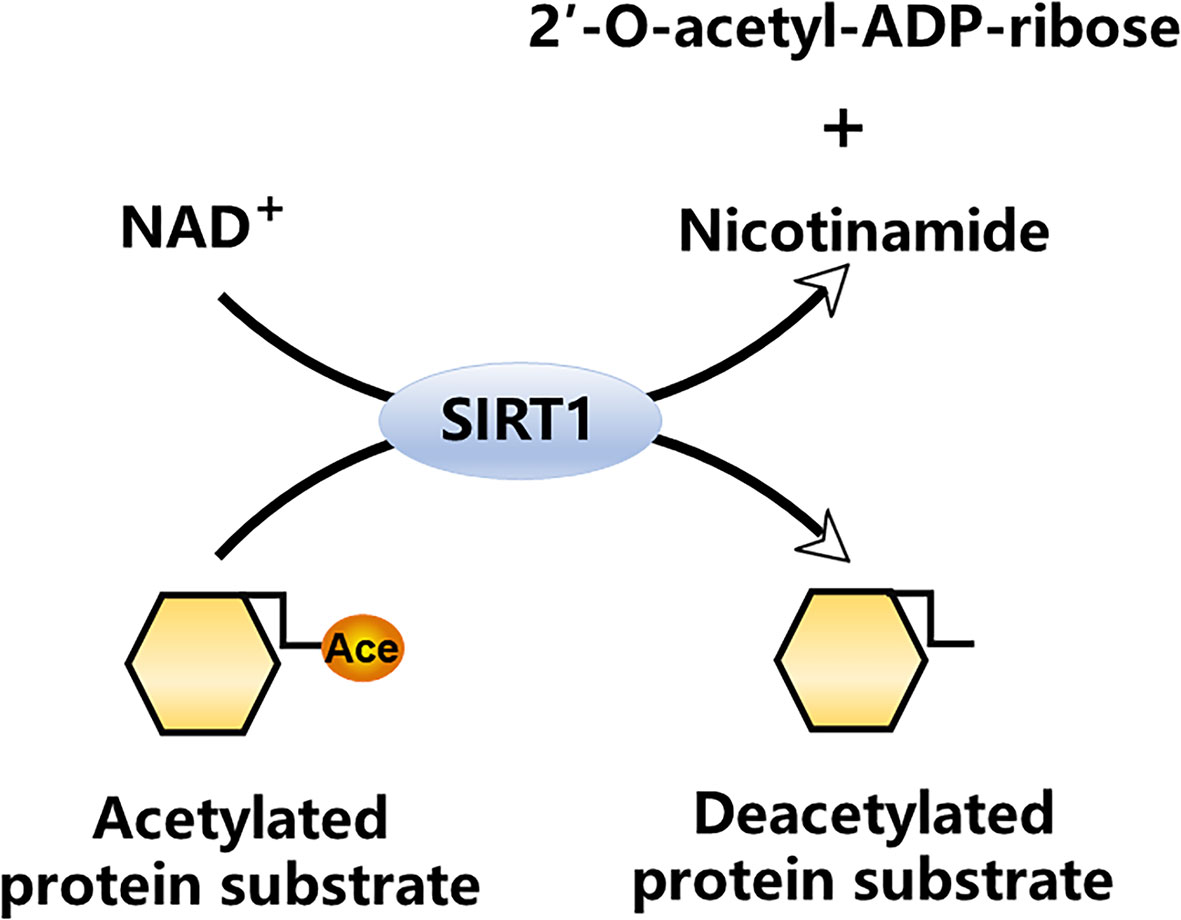What is SIRT1 Protein
Sirtuins are a family of proteins that have gained increasing interest in the scientific community since their discovery in the early 1970s. Their broad-ranging influence on cellular and organismal health warrants special attention.
In its initial discovery, sirtuins were isolated from yeast cells during a study on silent information regulator (SIR) genes, which are predominantly involved in the regulation of transcription, apoptosis, and cellular stress resistance. Named after the "silent mating type information regulation two" gene (SIRT2), these proteins were subsequently identified in a variety of organisms, ranging from bacteria to humans.
The human SIRT1 gene is located on the long arm of chromosome 10 at locus 10q21.3. SIRT1 belongs to the sirtuin family of proteins, which are characterized by a sirtuin core domain and grouped into four classes. The protein structure of SIRT1 is composed of a central catalytic domain flanked by N-terminal and C-terminal segments. These structural features contribute to its deacetylase activity and interaction with its substrates, thereby controlling various molecular pathways implicated in cellular survival, aging, and metabolic regulation.
Function of SIRT1 protein
Understanding the functions of the sirtuin proteins, particularly SIRT1, is critical due to its extensive involvement in cellular processes. SIRT1 acts primarily as a class III histone deacetylase, removing acetyl groups from specific lysine residues on histones and other target proteins. This deacetylation alters gene transcription levels and impacts several cellular processes such as cell cycle regulation, DNA repair, apoptosis, inflammation, and stress response.

Fig1. NAD+-dependent SIRT1 deacetylase reaction (Yang, Y., et al. 2022)
SIRT1 protein related signal pathway
Extensive studies have been carried out to elucidate the SIRT1 protein-related signaling pathways. One of the critical pathways regulated by SIRT1 is the insulin signaling pathway, which is essential for glucose homeostasis. SIRT1 also plays a crucial role in the regulation of P53, a protein that prevents cancer development by controlling cell cycle arrest and apoptosis. Moreover, SIRT1 is involved in the NF-kB signaling pathway, a critical regulator of immune response and inflammation. Given that these pathways significantly impact overall cell health, any aberration in the activity of SIRT1 can lead to the onset of various diseases.
SIRT1 protein related disease
Indeed, dysfunction or anomalies in the SIRT1 protein can give rise to a range of disorders. Given its role as a nutrient sensor and regulator of metabolic processes, abnormalities in SIRT1 signaling are linked to metabolic diseases like obesity and type 2 diabetes. Its involvement in the p53 pathway implicates it in several cancer forms, where it either promotes tumor formation or suppresses it, depending on the cellular context. Additionally, deficits in SIRT1 are also associated with neurodegenerative diseases such as Alzheimer's, Huntington's, and Parkinson's disease due to its role in regulating oxidative stress and mitochondrial function.
SIRT1 protein's applications in biomedical
With its broad influence on fundamental biological processes and disease states, sirtuins – and SIRT1, in particular - have significant potential as therapeutic targets in biomedical applications. Researchers are exploring pharmacological modulators of SIRT1 for treating metabolic syndrome, neurodegenerative disorders, cardiovascular diseases, and certain types of cancer. In this context, resveratrol, a polyphenolic compound found in grapes skin and red wine, has been renowned for its acting as a SIRT1 activator. This has paved the way for investigations on its potential therapeutic effects on aging and age-related diseases.
In conclusion, the discovery and ongoing study of the SIRT1 protein offer promising advances in understanding cellular processes and treating various ailments. Given its widespread influence on human health, future research into its precise mechanisms of action, regulation, and modulation are of significant biomedical interest.
Our Featured Products
| Cat.No. | Product Name | Species | Source (Host) | Tag |
|---|---|---|---|---|
| SIRT1-1165H | Recombinant Human SIRT1, His tagged | Human | E.coli | His |
| SIRT1-462H | Recombinant Human SIRT1, GST-tagged | Human | E.coli | GST |
| SIRT1-30565TH | Recombinant Human SIRT1 | Human | E.coli | N/A |
| SIRT1-2014H | Recombinant Human SIRT1 Protein, His (Fc)-Avi-tagged | Human | HEK293 | His (Fc)-Avi |
| SIRT1-11H | Recombinant Human SIRT1 Protein, MYC/DDK-tagged | Human | HEK293 | Myc/DDK |
| SIRT1-1308HFL | Recombinant Full Length Human SIRT1 Protein, C-Flag-tagged | Human | Mammalian cells | Flag |
Reference
- Yang, Y., Liu, Y., Wang, Y., Chao, Y., Zhang, J., Jia, Y., Tie, J., & Hu, D. (2022). Regulation of SIRT1 and Its Roles in Inflammation. Frontiers in Immunology, 13, 831168. https://doi.org/10.3389/fimmu.2022.831168

